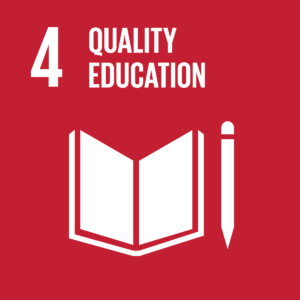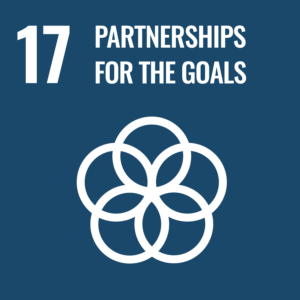The aim of education is to ensure that each individual develops all his or her capacities (physical, intellectual, moral and technical), enabling him or her to face and manage his or her personal life as a responsible citizen in the society in which he or she evolves.
So it’s hardly surprising that the 1948 Universal Declaration of Human Rights stipulates in Article 26 that everyone has the right to an education.
And while immense progress was made on this front during the second half of the 20th century, there are still many people for whom this fundamental human right is not guaranteed.
That’s why Goal 4 of the 17 Sustainable Development Goals is entirely dedicated to this theme, aiming to “Ensure equal access to quality education for all, and promote lifelong learning opportunities”.
Despite numerous efforts, the World Bank estimates that the proportion of 10-year-olds unable to read or write in the poorest developing countries has risen from 53% to 75%, so that some 250 million children are unfortunately still out of school. In addition, 617 million young people worldwide lack basic math and literacy skills.
For all these reasons, a substantial proportion of our projects focus on this theme, in a variety of ways. There are direct measures (school construction/renovation, school busing, setting up income-generating activities by schools to pay school fees for needy children, etc.) and indirect measures. Indirect measures target two groups: in the first, the child is prevented from continuing his or her schooling for an intrinsic reason (health problems, e.g. eyesight, potential sexual aggression in the absence of a latrine, etc.). The 2nd group concerns children working with their parents. This group requires the deployment of means in favor of the family to improve its socio-economic situation, making it possible for the children to return to school.
Finally, some of our projects focus on vocational training for young people, enabling them to enter or re-enter the workforce.



